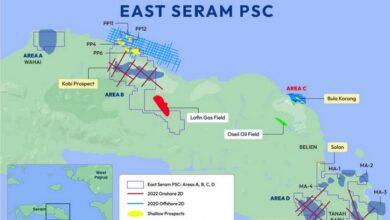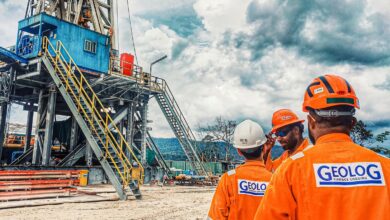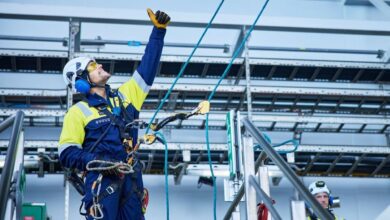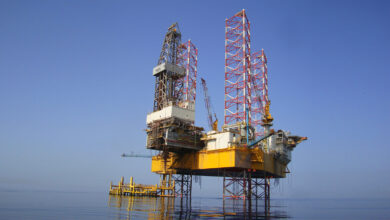Data analytics, newbuild ERD rig among ConocoPhillips’ drive to improve drilling performance
By Alex Wukman, Senior Editor
When ConocoPhillips takes delivery of a newbuild extended-reach drilling (ERD) rig in 2020, the rig will be the largest mobile land rig in North America, according to David Forbes, GM of Global Wells. The new rig will be introduced into the company’s Alaska operations and will be able to drill more than 7 miles away from the pad, Mr Forbes said during his keynote address at the 2018 IADC Advanced Rig Technology Conference, which was held 11-12 September in Austin, Texas.
“We’re going to be doubling the capabilities of what we can do now in terms of extended reach,” he said. “The automation we can put on a rig like this is going to be a major difference for us.”

The rig is among several solutions that ConocoPhillips is advancing to maximize recovery and minimize footprint as it is challenged to push the envelope in places like Alaska, where the majority of laterals drilled are more than 20,000 ft. With technologies such as managed pressure drilling, geosteering, multilaterals and steerable drilling liners, the company has already been able to reduce the cost and time required per well by approximately 30% while increasing the reservoir footage drilled five-fold.
The company is also seeking to deliver further value by expanded application of data analytics. ConocoPhillips now has approximately 4,000 analytic tool users and 17 integrated data warehouses, Mr Forbes noted. In the Eagle Ford, for example, spud-to-spud days have decreased by 45%, going from 21.8 days in 2014 to 11.7 YTD 2018. One of the ways that the company was able to achieve such notable results was by sharing data throughout the organization.
“We want to give petro-techs, finance, really anyone who needs data, information they can use to analyze workflows and opportunities to improve performance,” he said. “What we’re really trying to do is change the culture of how we do work.”
Another key component of ConocoPhillips’ automation strategy is the company’s Drilling Execution Efficiency Platform (DEEP) technology. This application of seismic technology, which decodes drill string vibrations to mitigate drilling trouble time, is already running on the company’s operated rigs in the Lower 48 and Canada. Benefits seen include reduced NPT, improved operational efficiency and higher-quality wellbores, according to Mr Forbes.
To convey DEEP’s ability to adapt to changing downhole conditions and automate the drill string’s response, Mr Forbes compared the platform to driver-assist features in automobiles, like adaptive cruise control. DEEP uses high-fidelity data acquisition and analysis in conjunction with actual feedback algorithms to reduce downhole dysfunction and tool failures by working to minimize drill string vibrations. “Field trials have already been very beneficial, and we’ve seen performance improvements,” Mr Forbes said. “We’re now talking to a number of parties to see how we can take this further and commercialize this technology.”




